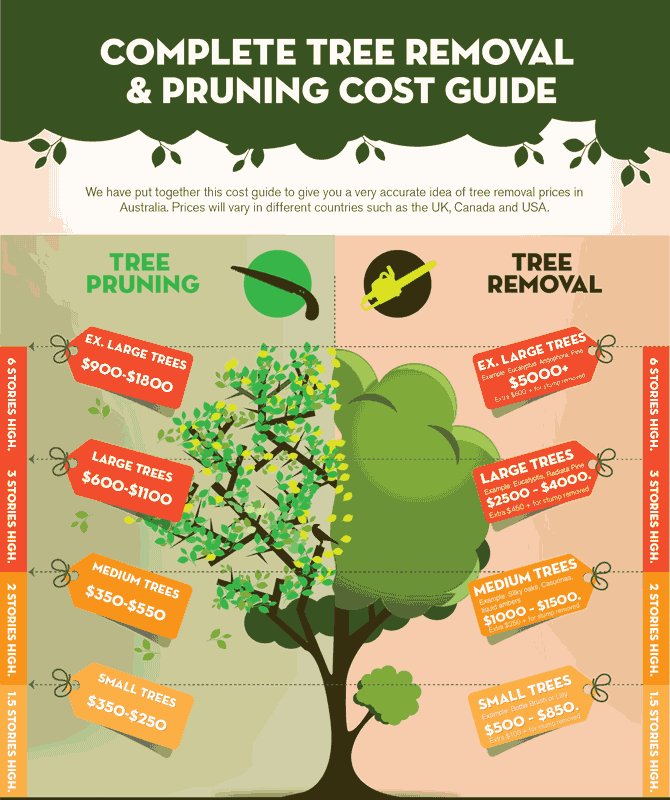Seasonal Tree Stewardship: Strategies For Correctly Managing Trees Before And After They Are Taken Down
Seasonal Tree Stewardship: Strategies For Correctly Managing Trees Before And After They Are Taken Down
Blog Article
Written By-
When it pertains to seasonal tree care, guaranteeing appropriate management prior to and after removal can significantly affect the health and visual appeals of your landscape. By understanding the needed actions associated with evaluating tree wellness and planning for elimination, you can proactively protect your building. But what concerning the crucial practices to follow once the tree is gone? Stay tuned to uncover the vital post-removal treatment measures that will certainly assist you cultivate a flourishing and sustainable environment for your trees.
Pre-Removal Tree Care
Prior to attending to the elimination of a tree, it's critical to focus on pre-removal tree treatment. Begin by analyzing the tree's health and architectural stability. Try to find indications of illness, insect infestations, or any type of architectural issues that might present a security risk throughout removal. It's necessary to consult with a licensed arborist to determine the most effective course of action.
Trimming arborist bucket truck or unhealthy branches can protect against additional damages to the tree and guarantee a smoother elimination procedure.
Furthermore, think about the environmental effect of eliminating the tree. Trees play an essential function in our environment, so growing a brand-new tree in an ideal location can help balance out any loss. Make certain that you have the required licenses and authorizations for tree elimination, specifically if the tree is shielded by regional guidelines.
Seasonal Maintenance Tips
Evaluating your tree's needs throughout the year is essential for its health and wellness and long life. To maintain your trees in leading condition, follow these seasonal maintenance tips.
In springtime, focus on trimming to remove dead or broken branches and motivate new development.
Summer asks for regular watering, specifically during dry spells, to ensure your tree stays hydrated.
As loss techniques, watch out for very early indications of illness or stress, and think about using compost to shield the origins during winter season.
In find more , be cautious when eliminating snow from branches to prevent breakage, and remain to monitor your tree's overall wellness.
Keep in mind to adjust your care regular based on the specific needs of your tree types and neighborhood environment. By staying mindful and aggressive throughout the seasons, you can assist your trees prosper and prosper for many years to come.
Post-Removal Tree Care
To ensure the health of your landscape even after tree removal, proper post-removal treatment is vital. After a tree is eliminated, it's vital to fill up the remaining opening with topsoil and compact it to stop settling. This will help keep the integrity of the ground and prevent potential hazards in the future.
Take into consideration planting brand-new plant life instead of the removed tree to restore the equilibrium and appearances of your landscape. Routinely water the location to promote the growth of brand-new plants and stop soil disintegration.
Examine the surrounding trees for any indicators of illness or anxiety that may have been triggered by the gotten rid of tree. Keep an eye out for pests that may've been brought in to the previous tree and take safety nets to safeguard the continuing to be greenery.
If required, talk to a specialist arborist to assess the impact of the removal on the bordering trees and identify any kind of extra care required. By adhering to these post-removal treatment actions, you can make sure the ongoing health and wellness and elegance of your landscape.
Conclusion
Finally, positive seasonal tree care is crucial for maintaining the health and wellness and balance of your landscape. By evaluating tree health and wellness, trimming, and seeking advice from an arborist prior to removal, you can ensure a risk-free process. After removal, filling the hole, planting brand-new vegetation, and normal watering will advertise new development and stop disintegration. Remember to evaluate bordering trees for condition and look for additional care actions from an arborist to maintain your landscape flourishing.
